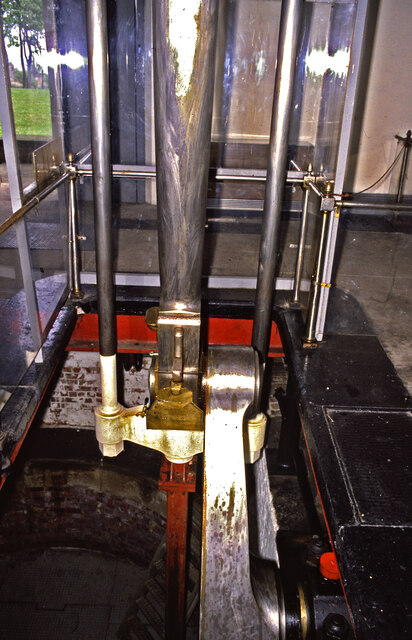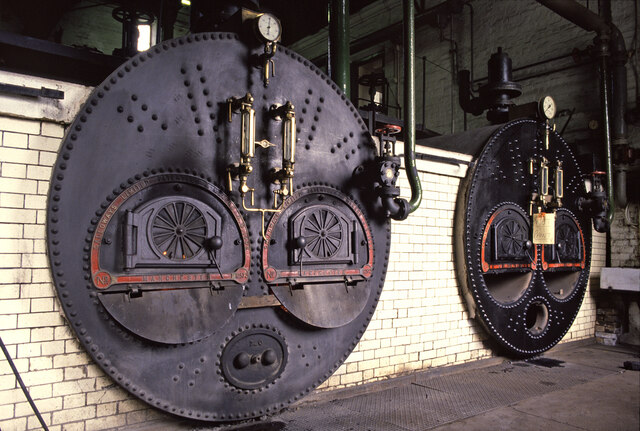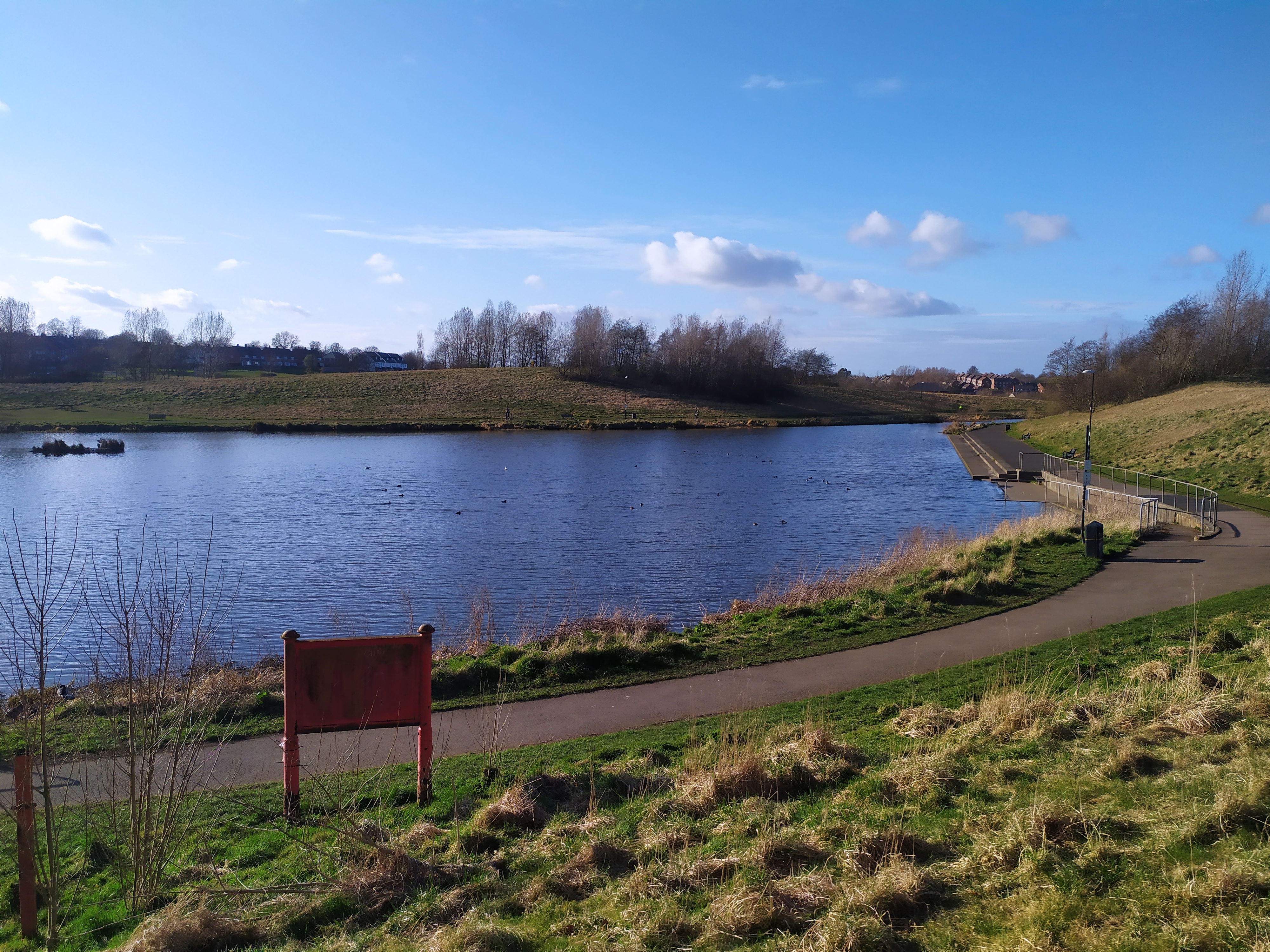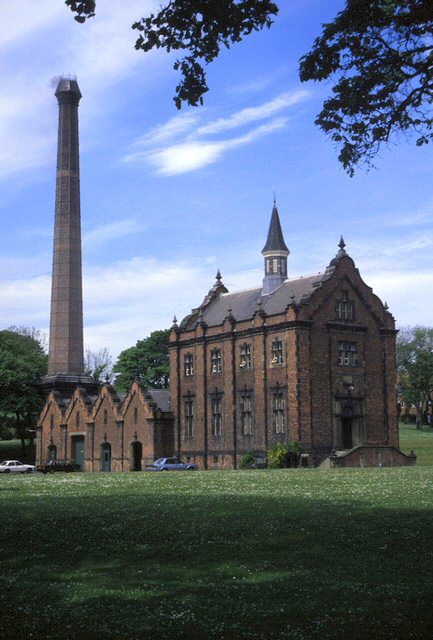Burdon
Settlement in Durham
England
Burdon

Burdon is a small village located in County Durham, in the northeast of England. Situated approximately 5 miles south of Sunderland and 8 miles east of Durham, Burdon is known for its picturesque countryside and tranquil atmosphere.
The village is surrounded by rolling hills, green fields, and wooded areas, making it an ideal location for nature enthusiasts and those seeking a peaceful retreat. The nearby Burdon Moor offers stunning views and opportunities for outdoor activities such as walking, cycling, and birdwatching.
Historically, Burdon was an agricultural village, and remnants of its farming past can still be seen today. The village features a number of charming cottages and farmhouses, alongside a small church, St. Mary's, which dates back to the 12th century.
Despite its small size, Burdon benefits from being centrally located, with good transport links to nearby towns and cities. The A19 road runs close by, providing easy access to Sunderland, Durham, and other parts of the region. The village is also served by regular bus services, connecting residents to surrounding areas.
While Burdon may not offer a wide range of amenities within the village itself, the nearby towns of Sunderland and Durham provide a variety of shops, restaurants, and entertainment options. This allows residents of Burdon to enjoy the peacefulness of village life while still having access to urban conveniences.
Overall, Burdon is a charming village that offers a quiet and idyllic setting, making it an attractive place to live for those seeking a rural lifestyle within easy reach of larger towns and cities.
If you have any feedback on the listing, please let us know in the comments section below.
Burdon Images
Images are sourced within 2km of 54.855099/-1.395502 or Grid Reference NZ3851. Thanks to Geograph Open Source API. All images are credited.














Burdon is located at Grid Ref: NZ3851 (Lat: 54.855099, Lng: -1.395502)
Unitary Authority: Sunderland
Police Authority: Northumbria
What 3 Words
///shall.bars.young. Near Ryhope, Tyne & Wear
Nearby Locations
Related Wikis
Burdon
Burdon is a village and civil parish in the City of Sunderland in Tyne and Wear, England. It is south of the city centre. The north-west of the parish...
Cherry Knowle Hospital
Cherry Knowle Hospital was a mental health facility in Ryhope, Tyne and Wear, England. It was managed by the South of Tyne and Wearside Mental Health NHS...
Old Burdon
Old Burdon is a village in County Durham, England.
Seaton, County Durham
Seaton is a village in County Durham, in England. It is on the A19 road south of Sunderland. It is located approximately 2 miles west of Seaham The village...
New Silksworth
Silksworth is a suburb of the City of Sunderland, Tyne and Wear. The area can be distinguished into two parts, old Silksworth, the original village and...
Ryhope Engines Museum
The Ryhope Engines Museum is a visitor attraction in the Ryhope suburb of Sunderland, Tyne and Wear, England. The Grade II* listed building is a popular...
Doxford Park
Doxford Park (known locally as Doxy Park) is a suburb of Sunderland, Tyne and Wear, located to the south-west of the city centre. Once part of the historical...
Ryhope Colliery Welfare F.C.
Ryhope Colliery Welfare Football Club were an association football club based in Ryhope, Sunderland, in England. == History == The club was founded by...
Nearby Amenities
Located within 500m of 54.855099,-1.395502Have you been to Burdon?
Leave your review of Burdon below (or comments, questions and feedback).







